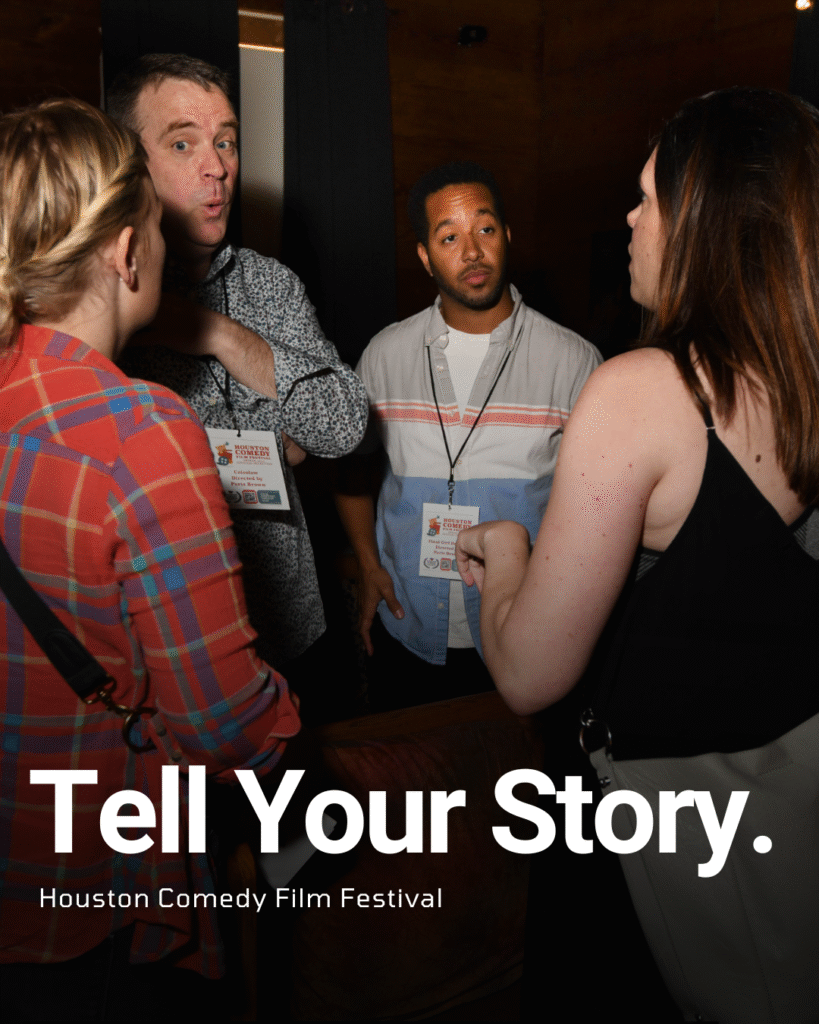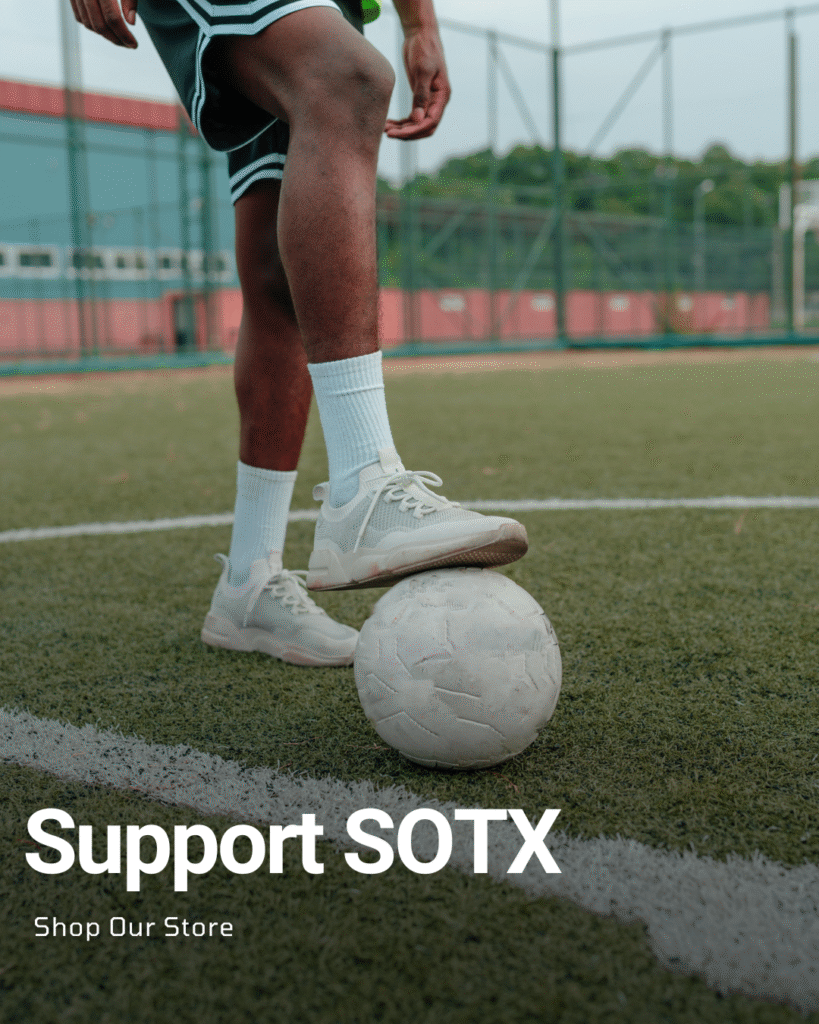News
How Diversity Became a Buzzword
- “Crazy Rich Asians” (2018), which broke ground with an all-Asian cast and crew
- “Black Panther” (2018), which celebrated African culture and featured a predominantly black cast
- “Parasite” (2019), which became the first non-English language film to win the Academy Award for Best Picture
- “Roma” (2018), which highlighted the experiences of indigenous Mexicans
- Only 13.9% of leads in the 100 top-grossing films of 2020 were people of color, with:
- Asian actors making up 4.5%
- Black actors making up 4.3%
- Latinx actors making up 3.5%
- Indigenous actors making up 1.1%
- Women made up only 34.6% of speaking roles in the same films
- LGBTQ+ characters were almost entirely absent, with only 1.4% of characters identifying as LGBTQ+
- People with disabilities were also underrepresented, with only 2.5% of characters having a disability

Constance Wu, Henry Golding & Gemma Chan from the film Crazy Rich Asians
- Investing in diverse talent and stories, both in front of and behind the camera
- Addressing systemic barriers and biases that prevent underrepresented groups from succeeding
- Listening to and amplifying authentic voices, rather than tokenizing or appropriating them
- Implementing inclusive hiring practices and diversity training programs
- Providing funding and resources for underrepresented filmmakers and stories
- Creating more opportunities for diverse talent to break into the industry
- Support films and filmmakers that prioritize diversity and inclusion
- Demand more from the industry, using our voices and wallets to advocate for change
- Engage in conversations about representation and inclusion, and hold the industry accountable for its actions

News
Diddy Wakes Up to Knife in Prison Attack
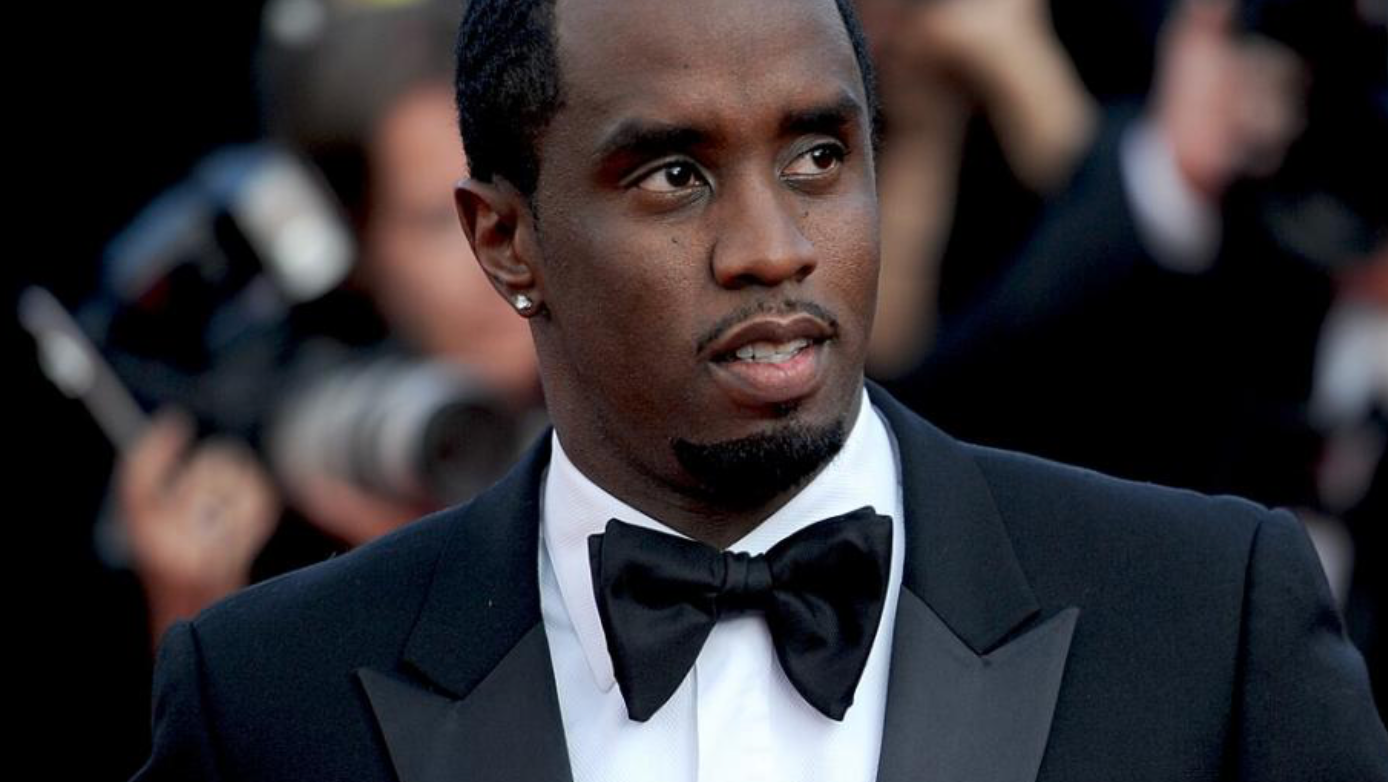
Sean “Diddy” Combs recently survived a harrowing ordeal just this week, in October 2025, at Brooklyn’s Metropolitan Detention Center—a violent incident that has quickly made headlines and intensified concern about prison safety for high-profile figures. The shocking event, now widely referred to as “Diddy’s Jail Attack,” occurred on the night of October 21, 2025, when Diddy awoke to an inmate’s knife at his throat.

The Attack in Detail
According to close friend Charlucci Finney, the near-fatal encounter took place only days ago, with Diddy narrowly escaping tragedy thanks to quick intervention by prison guards.
Finney recounted the terrifying moment, saying, “He woke up with a knife to his throat. I don’t know whether he fought him off or the guards came, I just know that it happened.”
The incident has remained the top story across entertainment and mainstream news outlets since its occurrence earlier this week.
Finney stressed the seriousness: “It only takes a second to cut someone’s throat and kill him.” The attack has raised questions about inmate security and specifically the risks faced by celebrities in federal detention following Diddy’s recent sentencing.
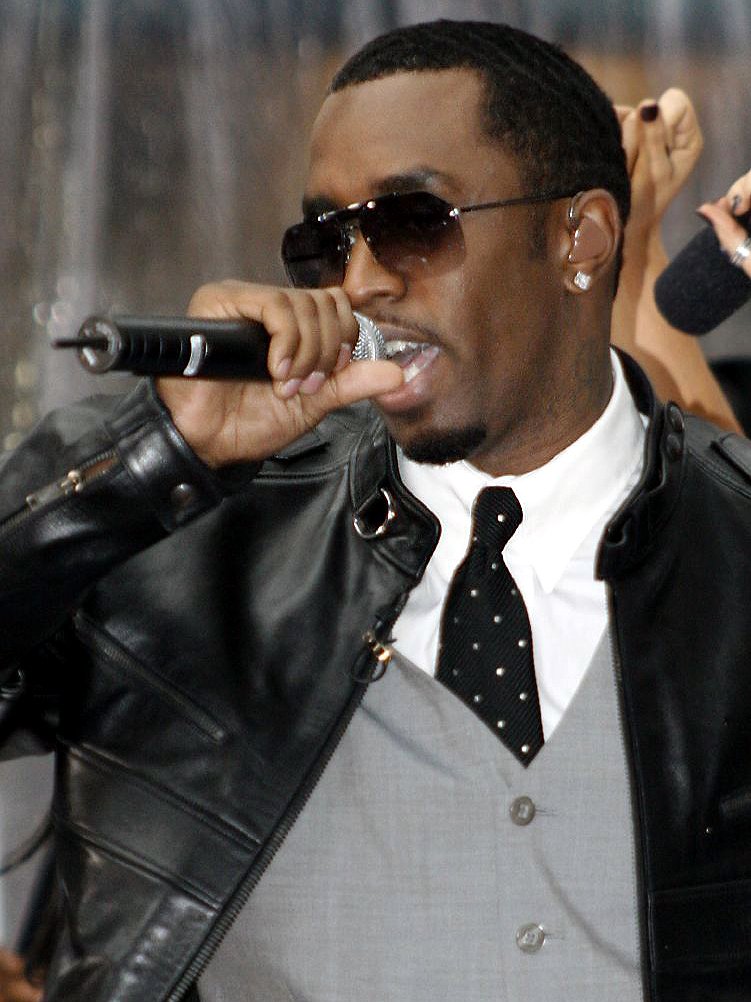
Legal Team Raises Alarm
Diddy’s attorney, Brian Steel, confirmed that the recent attack was not the first threat to the rapper’s safety. In a statement about these ongoing dangers, Steel explained, “A guard intervened when an inmate tried to attack Mr. Combs with a razor.” These incidents, occurring in rapid succession this month, are drawing national attention and calls for heightened protective measures.
Steel described Diddy’s current state, noting he is “not sleeping much” and enduring severe stress following this latest attempt on his life.
Ripple Effects and Social Reaction
Occurring within the last few days, the attack has reignited debate over “prison justice” and the unique vulnerabilities of high-profile prisoners. White House officials quickly shut down speculation of a presidential pardon for Diddy, confirming their stance in recent statements this week.
With news still unfolding and investigation continuing, the phrase “next time you won’t be so lucky” now stands as a warning: the incident from October 21, 2025, was terrifyingly real—and the threat inside remains ever-present for Sean Combs.
Health
Nation Split as Luigi Mangione Fights Death Penalty in CEO Murder Case

The case of Luigi Mangione, the 27‑year‑old accused of killing UnitedHealthcare CEO Brian Thompson, has ignited national debate, pitting supporters who see him as a whistleblower against critics who view his actions as an act of cold‑blooded violence. What began as a shocking corporate tragedy in December 2024 has evolved into one of the most polarizing death‑penalty battles in recent U.S. history.

The Killing That Shocked Corporate America
Brian Thompson, a respected CEO and father of two, was gunned down outside the New York Hilton Midtown on December 4, 2024. Surveillance footage reportedly showed a masked gunman lying in wait before firing a 3D‑printed pistol fitted with a silencer. Authorities later identified the suspect as Luigi Mangione, an Ivy League‑educated software engineer from Maryland who had grown increasingly vocal about his resentment toward the health‑insurance industry.
The killing triggered a multi‑state manhunt that ended when Mangione was captured at a McDonald’s in Altoona, Pennsylvania, five days later. Police said they recovered a 3D‑printed weapon and a handwritten letter denouncing “corporate greed” and calling the healthcare system “parasitic” from his backpack.
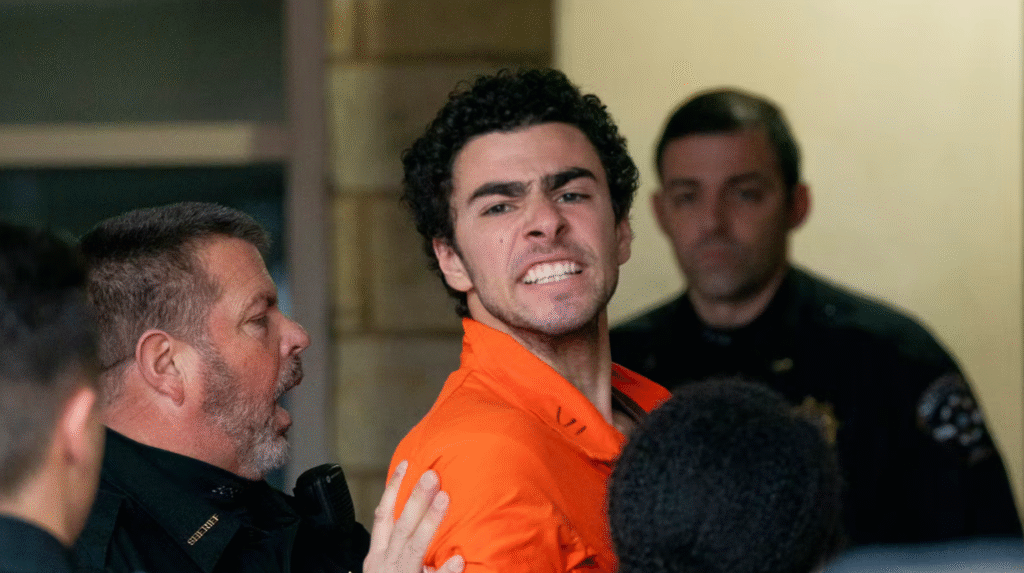
A Divided Public
Public opinion around Mangione’s motives has since fractured the nation. His supporters—many of whom have donated to his legal defense fund, which has surpassed $900,000—view his actions as symbolic resistance to perceived corporate corruption. Conversely, victims’ rights groups and law‑enforcement advocates argue that painting him as a “folk hero” disrespects the life of an innocent man and glorifies domestic terrorism.
The Legal Fight
Mangione faces federal charges including murder, use of a firearm in a crime of violence, and two counts of stalking. Because of the weapon’s use and the nature of the alleged planning, he could face the federal death penalty. However, his attorneys have filed motions to dismiss the capital charge, arguing that prosecutors violated his constitutional rights by questioning him without reading his Miranda rights and by searching his belongings without a warrant.
Their argument echoes a previous legal victory: in state court, a New York judge dismissed charges that attempted to classify the murder as an act of terrorism. The current federal motion seeks to suppress key evidence—including the weapon—on grounds of unlawful search and interrogation.
Possible Political Overtones
Defense filings have also accused federal prosecutors of turning Mangione into a “pawn” of the Trump administration to demonstrate toughness on violent crime. Attorney General Pam Bondi has publicly stated that seeking the death penalty aligns with President Trump’s directive to “make America safe again,” further intensifying political scrutiny of the case.
What’s Next
The federal court has until October 31 to rule on whether the death‑penalty charge will stand. If the motion fails, Mangione could face trial with the possibility of execution; if successful, the most severe penalty left would be life imprisonment with the chance of parole.
As his case unfolds, the moral and legal tensions surrounding Luigi Mangione reflect deeper American divisions over justice, corporate accountability, and who society chooses to blame—or defend—when outrage turns violent.
News
Governments Worldwide Push for Mandatory Digital IDs by 2026

Governments around the world are accelerating their push toward national digital identification systems, promising convenience and security while raising concerns over privacy, surveillance, and government control. By 2026, the European Union will require every member state to implement a national digital identity wallet, and the United Kingdom plans to make digital ID mandatory for the “Right to Work” by the end of its current Parliament.
United Kingdom Leads the Charge
In September 2025, British Prime Minister Keir Starmer announced plans for a free, government-backed digital ID system for all residents. The initiative—temporarily called “BritCard”—will become a mandatory requirement for employment checks, designed to curb illegal migration and simplify access to services such as tax filing, welfare, and driving licenses.
While the government argues that digital ID will make it “simpler to prove who you are” and reduce fraud, civil liberties groups have raised alarms. Big Brother Watch called the plan “wholly un-British,” warning it would “create a domestic mass surveillance infrastructure”.
Officials state the new system will use encryption and biometric authentication, with credentials stored directly on smartphones. For those without smartphones, the plan includes support programs and alternatives.
Europe Mandates a Digital Identity Wallet
Across the European Union, the Digital Identity Wallet—developed under the eIDAS 2.0 Regulation—will become law by 2026, obligating all 27 member states to provide citizens with a secure app that integrates identification, travel, and financial credentials. The European Commission envisions the wallet as a single login for public and private services across borders, from banking to healthcare, using cryptographic protections to ensure data privacy.

United States Expands Mobile IDs
The United States does not have a national digital ID system but is quickly adopting state-level mobile IDs. More than 30 states have launched or are testing digital driver’s licenses stored on phones via Apple Wallet, Google Wallet, or state apps. States such as Louisiana and Arizona already accept mobile IDs for TSA airport checks, and similar legislation is advancing in New Jersey, Pennsylvania, and Georgia.
Meanwhile, private firms like ID.me and CLEAR have enrolled millions of Americans in digital identity programs, often partnering with government agencies and raising questions about data use and inclusion for low-income groups.
Global Adoption and UN Involvement
The trend extends well beyond Western nations. China’s national digital ID, launched in 2025, is connected to its social credit system, combining financial records, travel rights, and online behavior tracking. Singapore, South Korea, Nigeria, and the UAE have each implemented government-backed ID systems that link citizens’ digital credentials to public and private services ranging from taxes to utilities.
The movement aligns with the United Nations’ goal of providing “legal identity for all by 2030,” supported by the World Bank’s ID4D (Identification for Development) initiative, which funds digital identity infrastructure in over 100 countries.
The Promise and the Peril
Proponents argue that digital IDs offer protection against identity fraud, save governments billions in paperwork, and bring roughly one billion undocumented citizens into legal recognition systems globally. Estonia, for instance, saves an estimated 2% of its GDP annually through digitized services, while India’s Aadhaar ID has reduced welfare fraud by $10 billion per year.
However, critics warn that centralizing identity creates unprecedented control risks. Once personal data, biometrics, and financial access are linked, governments could more easily restrict rights or track behavior.
As one analyst put it, the shift may mark “a turning point in the balance of power between citizens, corporations, and the state”.
The global rollout of digital IDs is reshaping the definition of identity itself—raising the question of whether convenience and efficiency come at too high a cost to freedom.

 Business3 weeks ago
Business3 weeks agoWhy Are Influencers Getting $7K to Post About Israel?

 Entertainment3 weeks ago
Entertainment3 weeks agoKeith Urban and Nicole Kidman Split After 20 Years as Actress Files for Divorce

 Entertainment3 weeks ago
Entertainment3 weeks agoTilly Norwood’s Rise Stirs Controversy

 News3 weeks ago
News3 weeks agoHow a Government Shutdown Could Hit Your Life and Wallet

 Entertainment4 weeks ago
Entertainment4 weeks agoWhy Did Dakarai Trash His NBA Letters?

 Business3 weeks ago
Business3 weeks agoOverqualified? Great, Now Prove You’ll Work for Free and Love It!

 Entertainment3 weeks ago
Entertainment3 weeks agoJudge Sends Diddy to Prison for 50 Months

 News2 weeks ago
News2 weeks agoHow Digital ID Is Becoming Everyone’s New Gatekeeper














